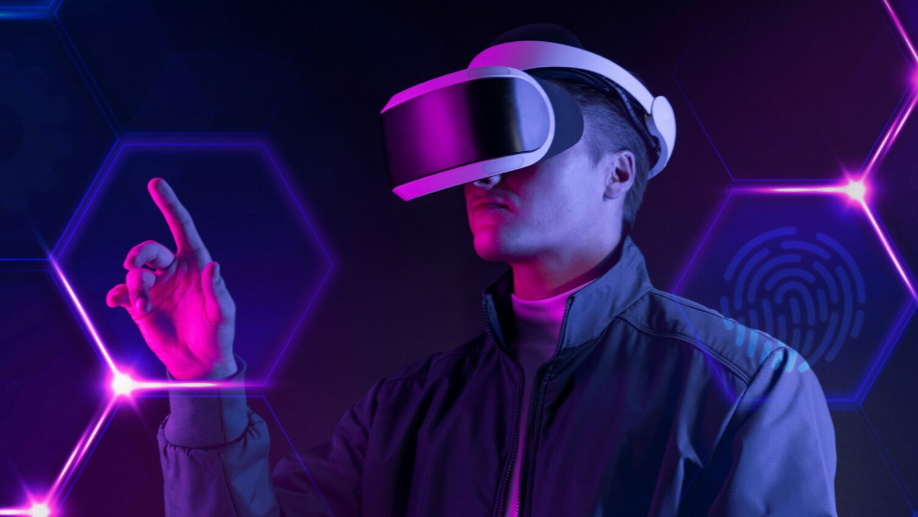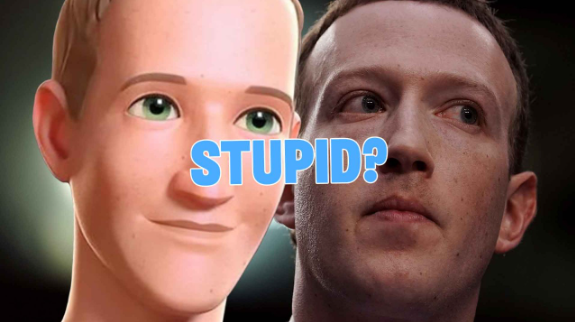Next Earth, the world’s largest web3 metaverse with the most owners, has officially opened up its platform and operating system to all developers in the world. Anyone can develop their own Web3 application on the Next Earth OS fully compatible with Web2 and unlock the power of dynamic NFTs. Another major update to Next Earth is the release of its land description feature, which allows users to insert custom text messages and web links to their NFT land. The new utility connects web2 and web3 as it allows users and businesses to link their web shops, corporate websites, online galleries to the metaverse lands they own and thus put their business foot in the metaverse. world’s largest web3.
Next Earth, the world’s largest web3 metaverse with the most owners, has launched its Developer Portal and its underlying technical infrastructure, Next Earth Operating System (NEOS). The new portal with its constantly growing and evolving features opens Next Earth to the world’s developer community: it provides the possibility to create new applications, programs and utilities based on our platform, using NEOS.
“The launch of our developer portal, which opens our platform to the global developer community, is a step toward our ultimate vision: to create a fair digital life for every consumer on the Next Earth. Developers can start building their own map-based apps using smart contracts and minting their own dynamic NFTs through Next Earth OS (NEOS),” said Gabor Retfalvi, CEO of Next Earth.
“NEOS provides a fully Web2 compatible and language independent way for developers to build on Web3. This means minting and launching dynamic NFTs that also have a geolocation thanks to our layer system without having to code in Solidity. Dynamic NFTs differ from regular NFTs in that they have properties that can change over time, allowing for the storage of items such as account balances, digital assets, or loyalty points,” adds David Taylor, Director of Product at Next Earth. . “All developers, regardless of their language proficiency, can build their apps and create and manage their own dNFTs using the technology they already know. This opens up Web3 to the widest developer community with over 20 million people on Earth. Thanks to NEOS, these people can also create dNFTs because they don’t need to learn a whole new programming language,” he added.
The Next Earth Developer Portal already includes a sandbox powered by GraphQL and an object API with the “read all earth data” feature, with the following updates coming in the coming weeks: Layer API (one-click layer generation ), Minting API (smart contract factory) and Controller API (dNFT update based on business logic).
Another major update to Next Earth is the release of its land description feature, which allows you to insert custom text messages and web links to your NFT land profiles. The new utility connects web2 and web3 as it allows users and businesses to link their web shops, corporate websites, online galleries to the metaverse lands they own and thus put their business foot in the metaverse. world’s largest web3.
“Owning a piece of land in Next Earth provides endless possibilities thanks to developments that will be implemented until the end of the year. Users can now link their metaverse lands to their existing website, then they will be able to build their own business on their lands, or even create a new layer on the Earth’s surface. Owning Next Earth land is a great opportunity for companies and influencers too, as they can easily enter the much-hyped metaverse, in a way that is directly linked to the real Earth,” says Gabor Rétfalvi.












